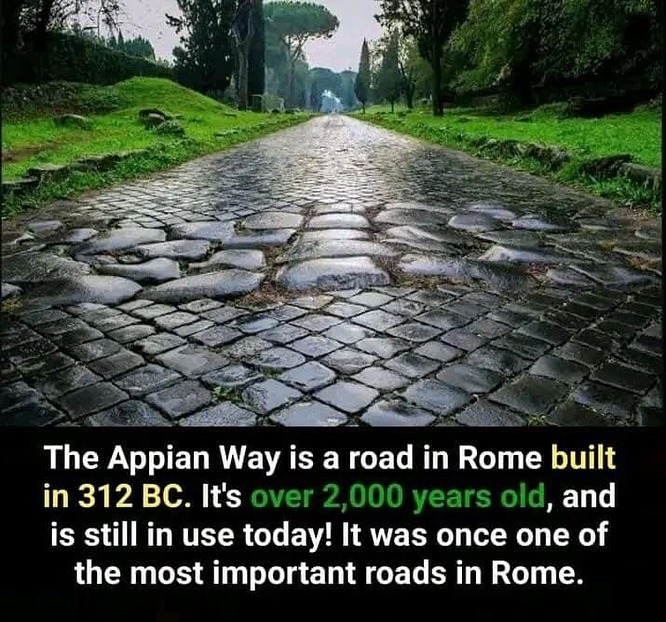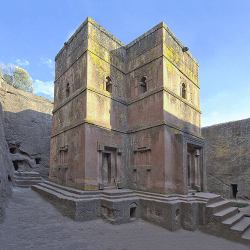The Appian Way is a road in Rome built in 312 BC. It’s over 2,000 years old, and
is still in use today! It was once one of the most important roads in Rome.
The Appian Way, or Via Appia, is one of the oldest and most famous roads of ancient Rome. Constructed in 312 BC under the guidance of Appius Claudius Caecus, it was initially built to connect Rome to Capua, a crucial city in southern Italy. Over time, the road was extended to Brindisi, linking Rome to the eastern Mediterranean trade routes.
Key Features of the Appian Way:
- Durability: Despite being over 2,000 years old, sections of the Appian Way remain intact and are still used today, a testament to the advanced engineering skills of the Romans.
- Strategic Importance: It served as a vital military and trade route, enabling faster movement of troops and goods across the Roman Empire.
- Engineering Excellence: The road was made using large stone slabs, supported by layers of sand and gravel for stability, ensuring durability.
- Historical Significance: Along the road are significant landmarks, including ancient tombs, catacombs, and aqueducts, showcasing its importance in Roman culture and history.
Today, the Appian Way is a major tourist attraction, offering visitors a chance to walk along the path of history and experience the ingenuity of ancient Roman engineering firsthand.













